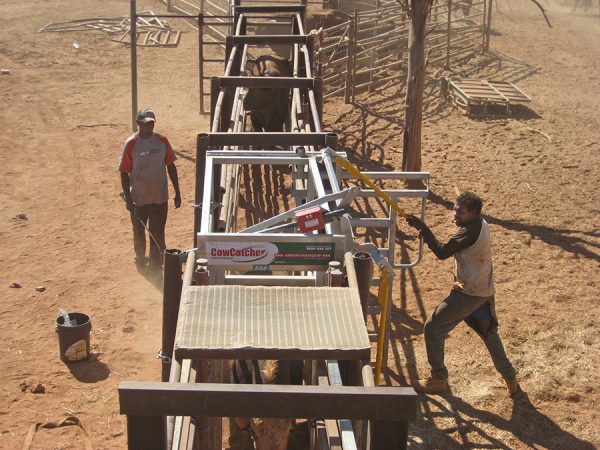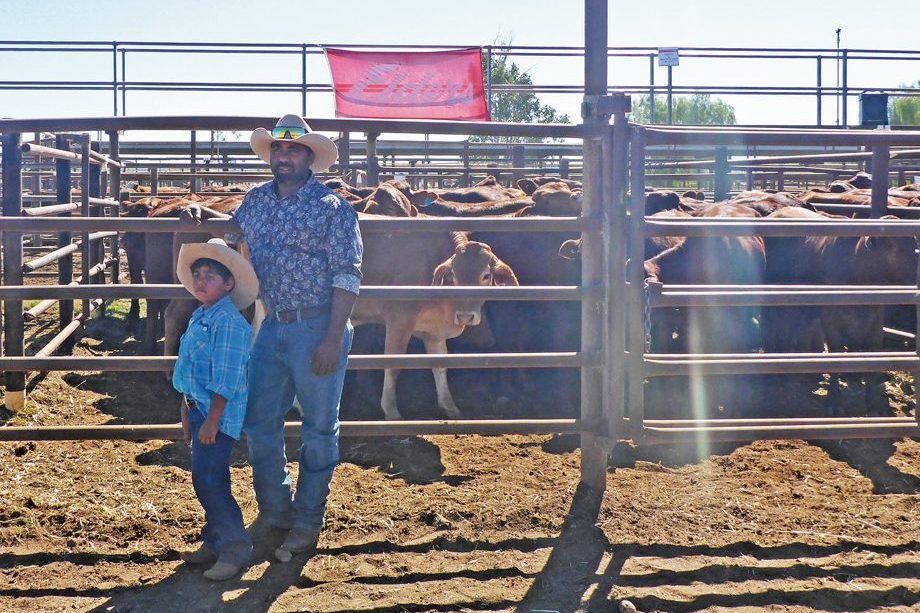Pastoralism

Pastoralism remains a land use aspiration and income opportunity for many traditional owners in our region. Many Aboriginal people in the centre have a deep affiliation with pastoralism because they grew up working with cattle.
Central Australia’s arid climate and unreliable rainfall can makes for poor pastoral country in some areas. Cattle stations here are expensive to run and far from markets. These conditions destroyed the pastoral dreams of many settlers last century. From the 1970s, they sold the most unprofitable pastoral leases to Aboriginal people. Many leases, usually degraded land with decrepit infrastructure, became Aboriginal land trusts.
Productivity varies across this Aboriginal land in Central Australia but is generally low. Some land types – hills, ranges, flood-outs, alluvial, spinifex, sand and black soil plains – can carry up to 10 cattle per square kilometre in an average season. Others carry less than one. Most Aboriginal land is at the lower end of this scale. Despite these formidable challenges, the promise of pastoral development continues to inspire traditional owners, especially when beef prices are high and they see few other economic opportunities.

The CLC helps traditional owners by:
- providing governance and administrative support to commercial enterprises and helping smaller operators with business planning, technical and marketing advice and training.
- offering planning and management support for new Aboriginal pastoral enterprises, assistance with natural resource audits and protection for ecologically and culturally sensitive sites on Aboriginal freehold and native title land.
- negotiating grazing licences on Aboriginal land and Aboriginal-owned pastoral leases and monitoring licence conditions on behalf of the traditional owners. We ensure that lessees and sub-lessees train and employ local Aboriginal people as part of these licence conditions.
- negotiating license terms that ensure grazing levels do not threaten cultural and natural resource values and that lessees develop infrastructure that will continue to benefit the traditional owners.
We receive many enquiries about grazing access to Aboriginal land, however we will only seek expressions of interest from prospective lessees when directed by traditional owners to do so, either at the expiration of an existing lease or the creation of a new one.


